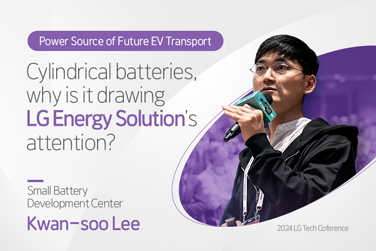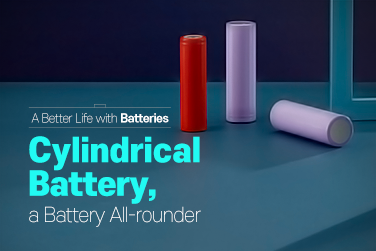You may have seen a cute figure on a car dashboard bobbing when it received solar heat. It can dance vigorously on sunny days, but cannot move on cloudy days because it is unable to produce energy. Likewise, if we can use energy produced by a solar generator only immediately after production, it would be very inefficient because then we can use the energy only on sunny days. Energy Storage System (ESS) can solve the problem.
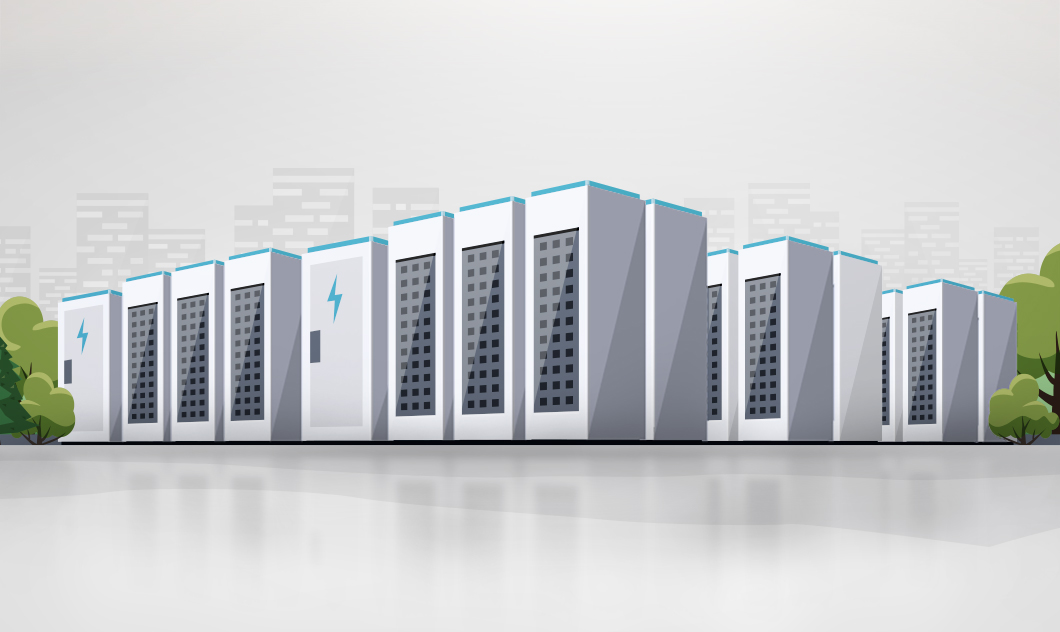
What Is ESS?
The ESS is a device that allows storing produced energy and using it when necessary. For example, it can store solar power generated during the day for use later at night, improving energy use efficiency and the quality of renewable energy. It is adopted in many buildings and facilities since it ensures stable power supply.
Components and Types of ESS
ESS consists of batteries, Battery Management System (BMS), Power Conversion System (PCS), and Energy Management System (EMS) and is largely categorized into the following 4 types.
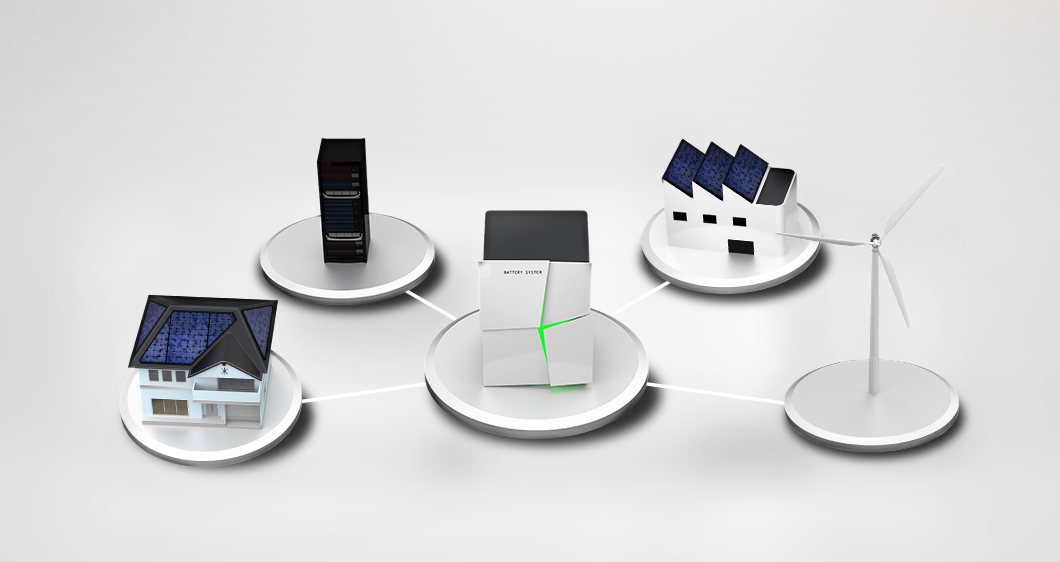
①Home ESS
These systems can be connected to a solar panel system.
②Commercial ESS
These systems are installed in commercial buildings including offices, plants and schools.
③Grid ESS
These systems are installed in thermal power stations, solar/ wind power plants, and substations.
④UPS (Uninterruptible Power Supply)
A backup solution for use when a sudden power outage occurs at data centers or communication facilities.
Main Roles of ESS
ESS plays largely 3 roles as a reliable power supplier.
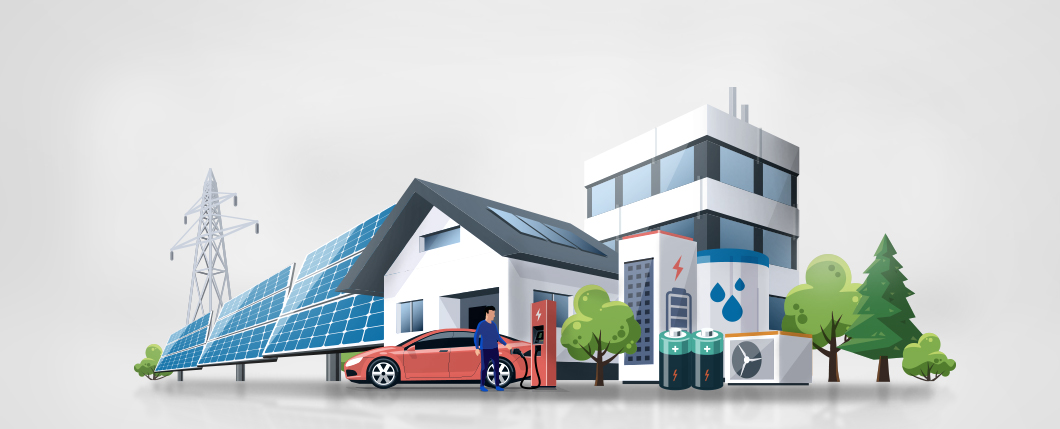
First, it works as an uninterrupted power supply, ensuring power supply where even a short outage can cause serious problems like hospitals and banks.
Second, it can compensate for the instability in solar or wind power generation and stabilize the output by holding enough energy generated during the day and releasing it at peak times when energy demand spikes.
Third, it maintains the standard frequency (60Hz in Korea) for stable power quality. This helps prevent a frequency change that can be caused by an imbalance in supply and demand.
ESS is Changing the Future
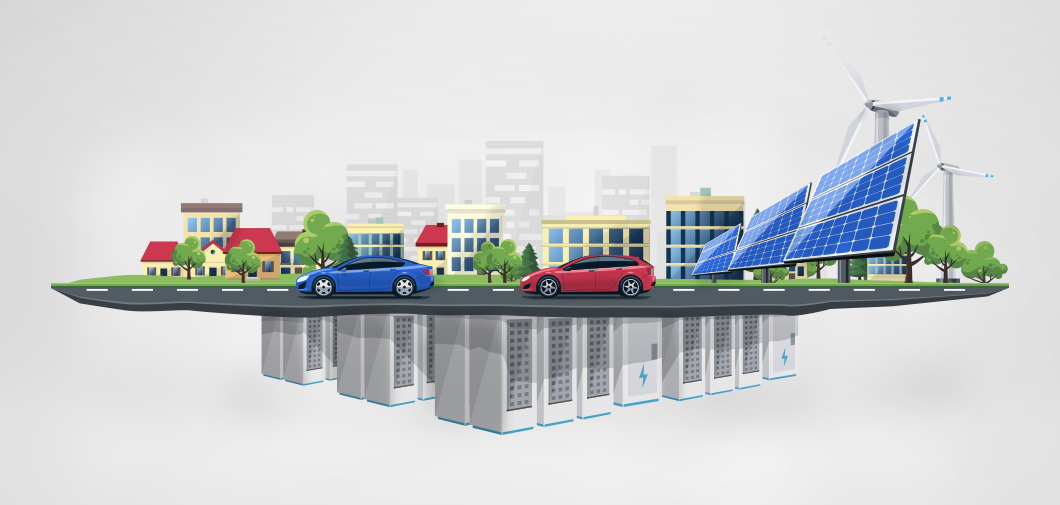
As the world is striving to achieve a carbon neutral future by 2050, the role of ESS that enables more efficient use of renewable energy is becoming more important. ESS is expected to be adopted in more places. Having learned its types and roles, you can now recognize when you see one anywhere.

